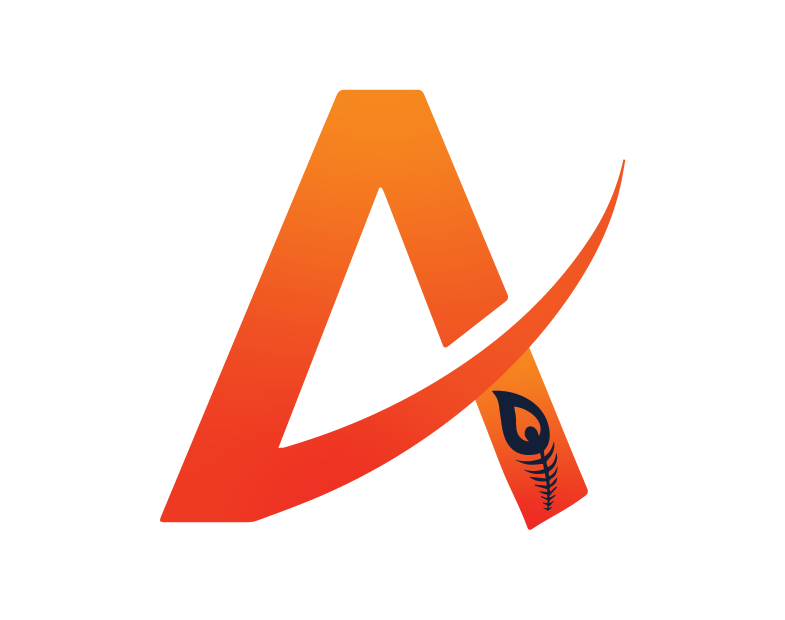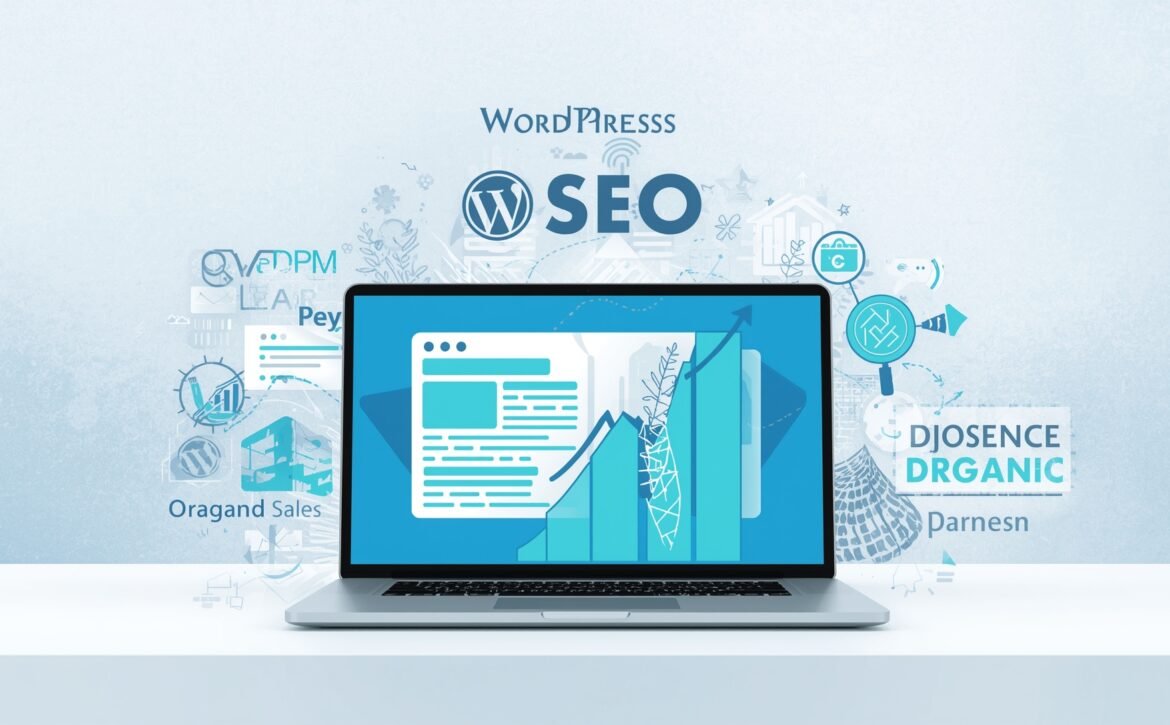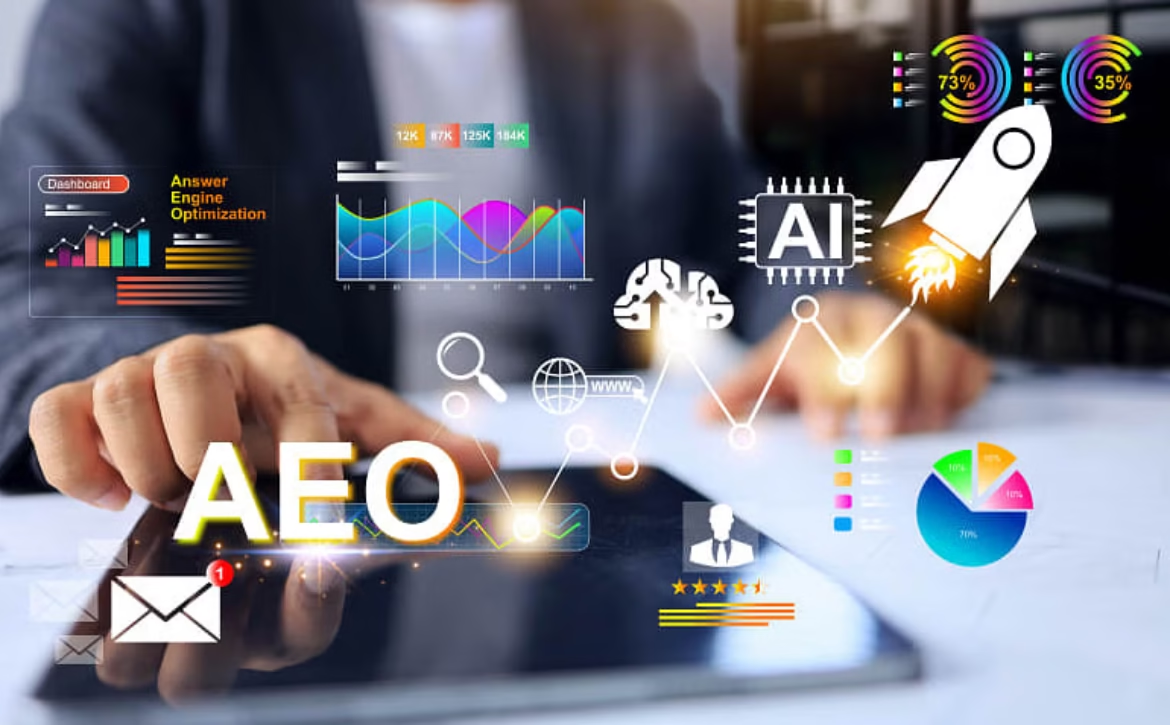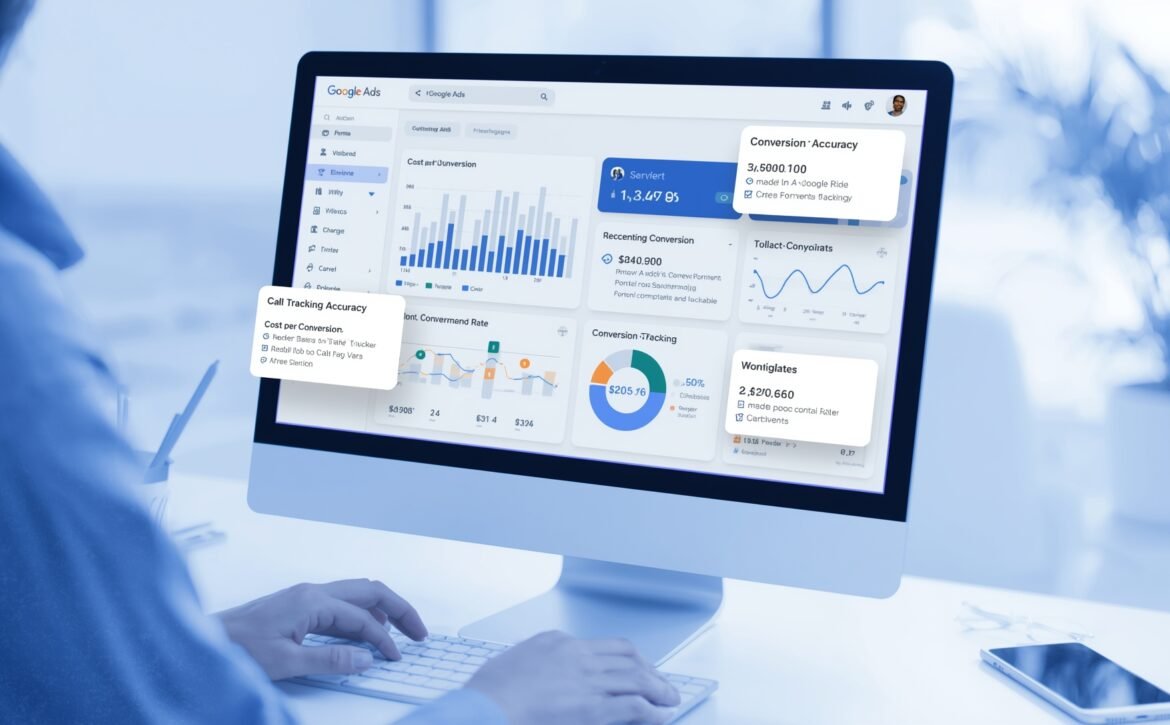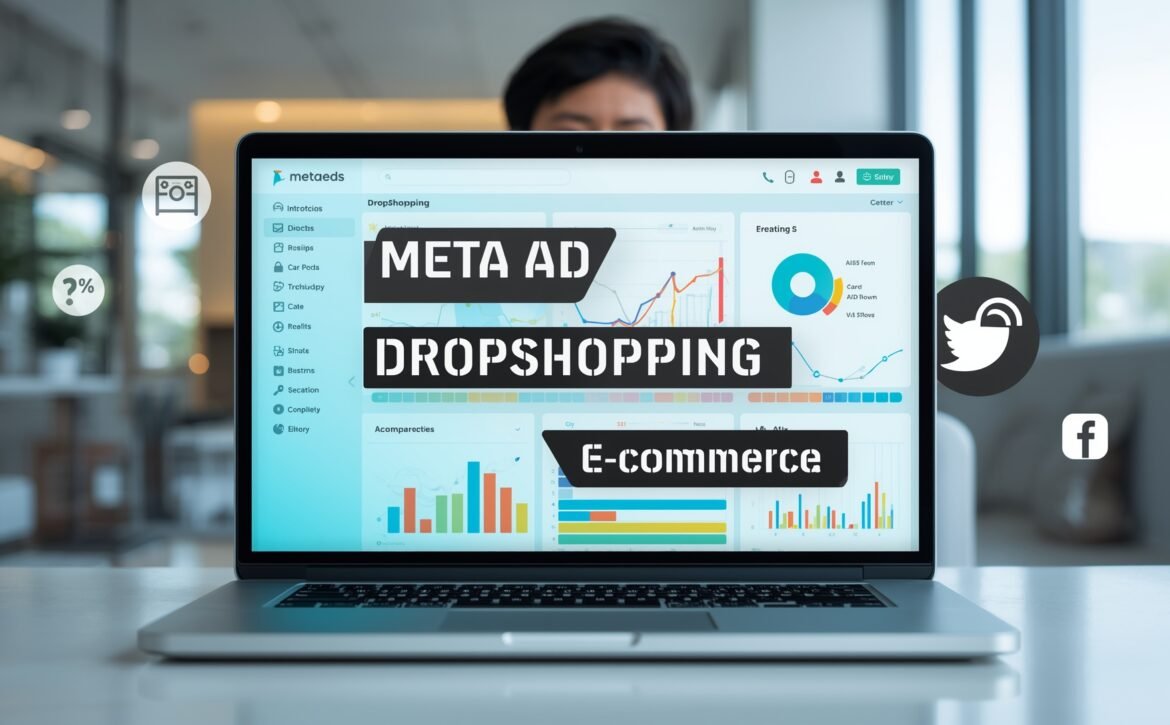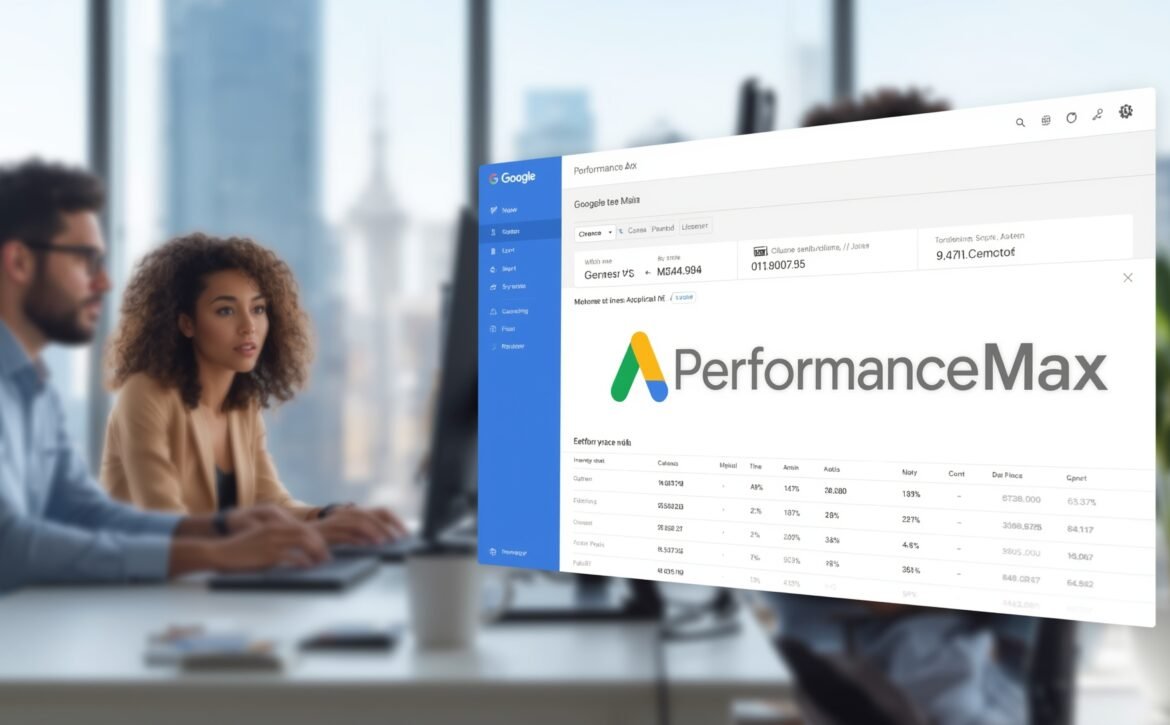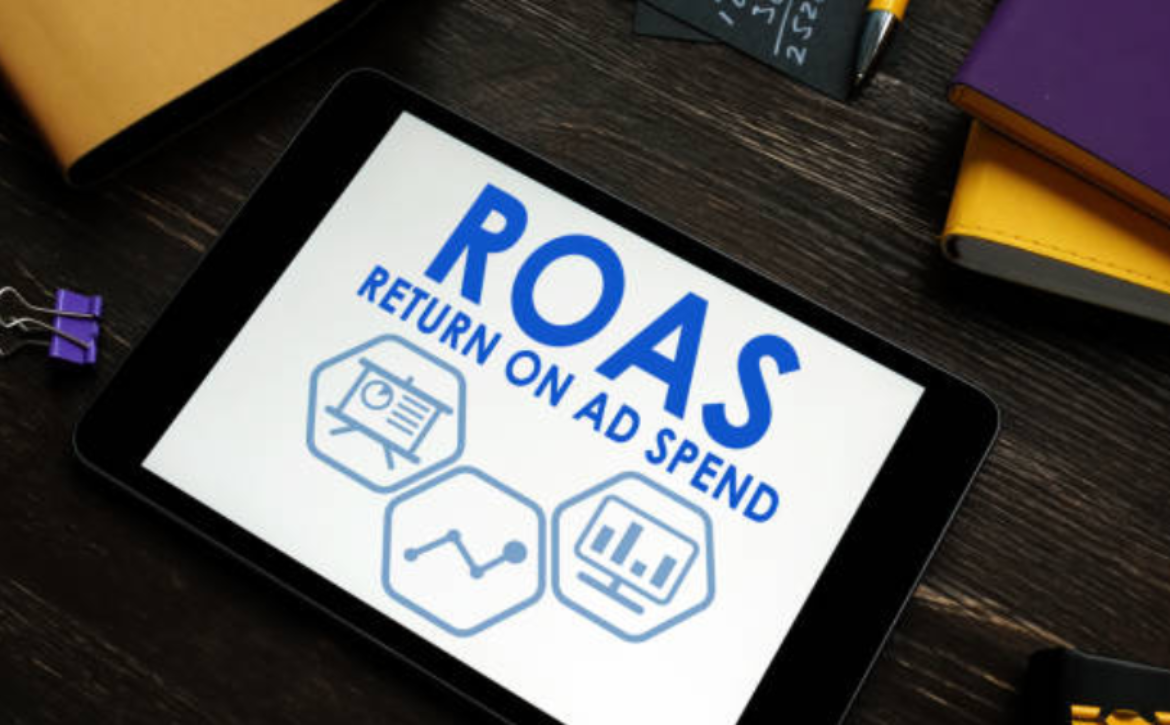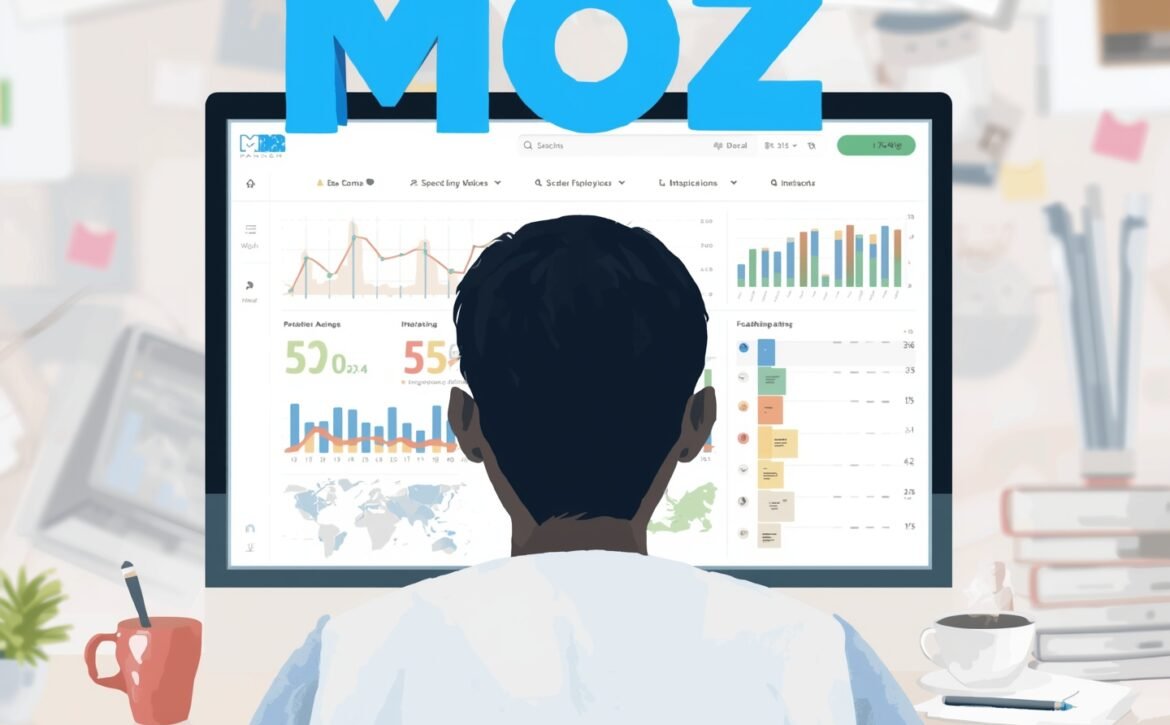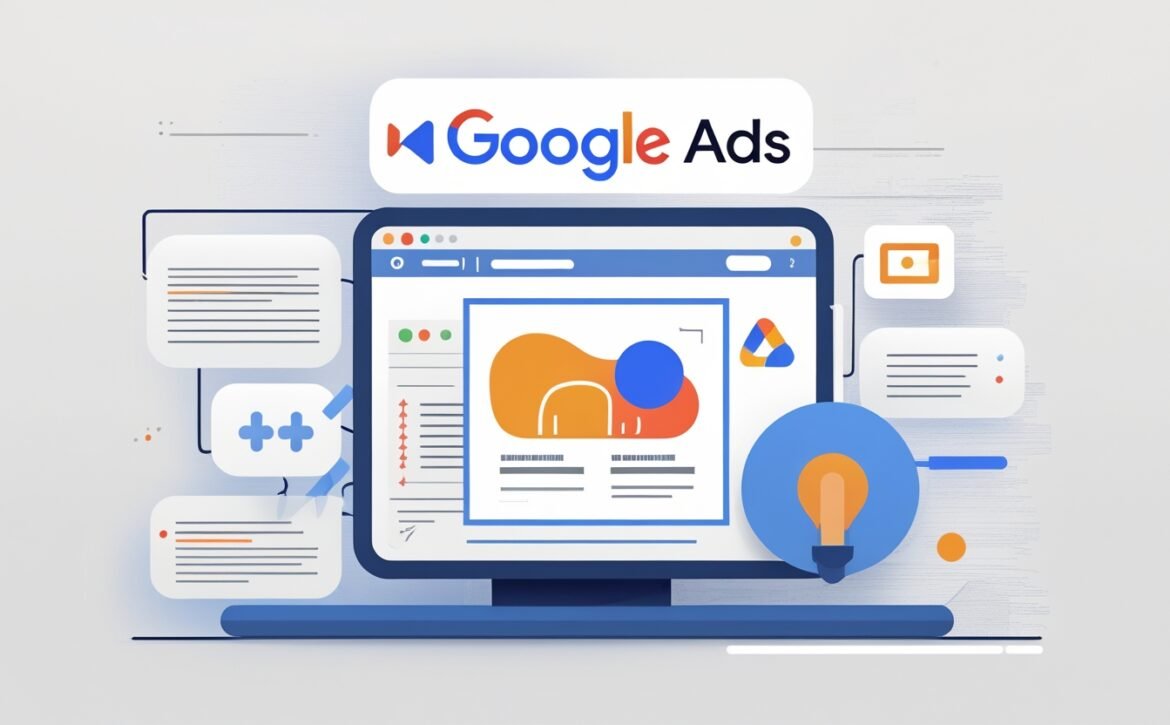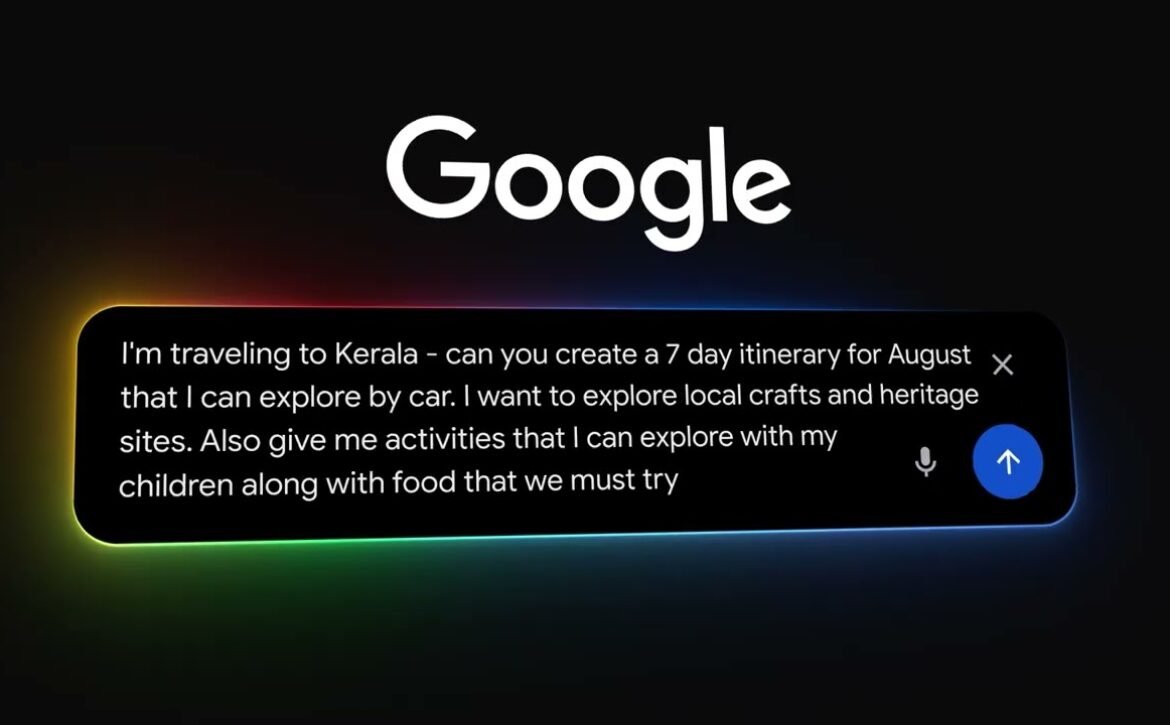How WordPress SEO Can Help You Increase Organic Sales Without Paid Ads
In today’s competitive digital marketplace, businesses are constantly looking for ways to generate more sales without overspending on paid advertisements. While paid campaigns can drive traffic quickly, they can also be costly and unsustainable in the long run. This is where WordPress SEO becomes a powerful tool. With the right strategies, you can increase organic sales, build lasting visibility, and attract customers who are genuinely interested in your products or services.
Why WordPress SEO Matters for Sales Growth
WordPress powers more than 40% of all websites worldwide, making it one of the most SEO-friendly platforms. By leveraging its built-in features and powerful plugins, businesses can optimize their websites to rank higher on search engines like Google. Higher rankings lead to more visibility, which translates into increased organic traffic and, ultimately, sales.
Unlike paid ads, SEO focuses on long-term growth. Once you optimize your WordPress site, your pages can continue to bring in traffic and sales without ongoing ad spend.
Key WordPress SEO Strategies to Boost Organic Sales
1. Optimize Product Pages with Keywords
Every product or service page should target specific keywords your customers are searching for. Use tools like Google Keyword Planner or SEMrush to find relevant search terms. Incorporating these into titles, headings, and meta descriptions helps your pages rank higher in search results.
2. Improve Website Speed and Mobile Responsiveness
A slow-loading website discourages visitors and reduces conversions. WordPress offers themes and plugins optimized for speed, and pairing these with a reliable hosting service can significantly improve user experience. Additionally, ensuring your site is mobile-friendly captures the growing number of customers shopping through smartphones.
3. Create High-Quality Content
Blogging is one of the most effective WordPress SEO strategies. Publishing articles that answer customer questions or provide solutions to their problems builds trust and authority. By linking product pages within your blog posts, you guide readers directly toward making a purchase.
4. Use SEO Plugins Effectively
Plugins like Yoast SEO or Rank Math can simplify optimization. These tools help with meta tags, XML sitemaps, keyword density, and readability—ensuring your content aligns with SEO best practices.
5. Focus on Internal Linking
Internal links connect different pages within your site. Not only do they help users navigate, but they also distribute SEO value across your pages. A strong internal linking structure can highlight your most important product or service pages, boosting their chances of ranking.
6. Optimize for Local SEO
If your business serves a specific geographic area, optimizing for local SEO is essential. Adding location-based keywords, setting up a Google Business Profile, and ensuring consistent NAP (Name, Address, Phone Number) across platforms can increase visibility among nearby customers ready to buy.
7. Leverage Schema Markup
WordPress plugins allow you to implement schema markup, which helps search engines understand your content better. Rich snippets, such as product ratings and prices, can make your listings stand out in search results, driving more clicks and sales.
The Long-Term Value of WordPress SEO
SEO is not an overnight strategy. However, the benefits compound over time. As your WordPress site climbs search rankings, your organic traffic and conversion rates grow. Unlike paid ads, which stop delivering results when the budget ends, optimized content continues to attract and convert leads for months or even years.
Final Thoughts
By focusing on WordPress SEO, businesses can build a sustainable foundation for growth, generate consistent organic sales, and reduce reliance on paid advertising. Whether you are a small business owner or running a large e-commerce store, investing in SEO is one of the smartest decisions for long-term profitability.
At Achyutam Technology, we specialize in helping businesses leverage SEO and digital marketing strategies to maximize their online growth. With our expertise, we ensure your WordPress site is fully optimized to attract the right audience and drive organic sales without the heavy cost of paid ads.
